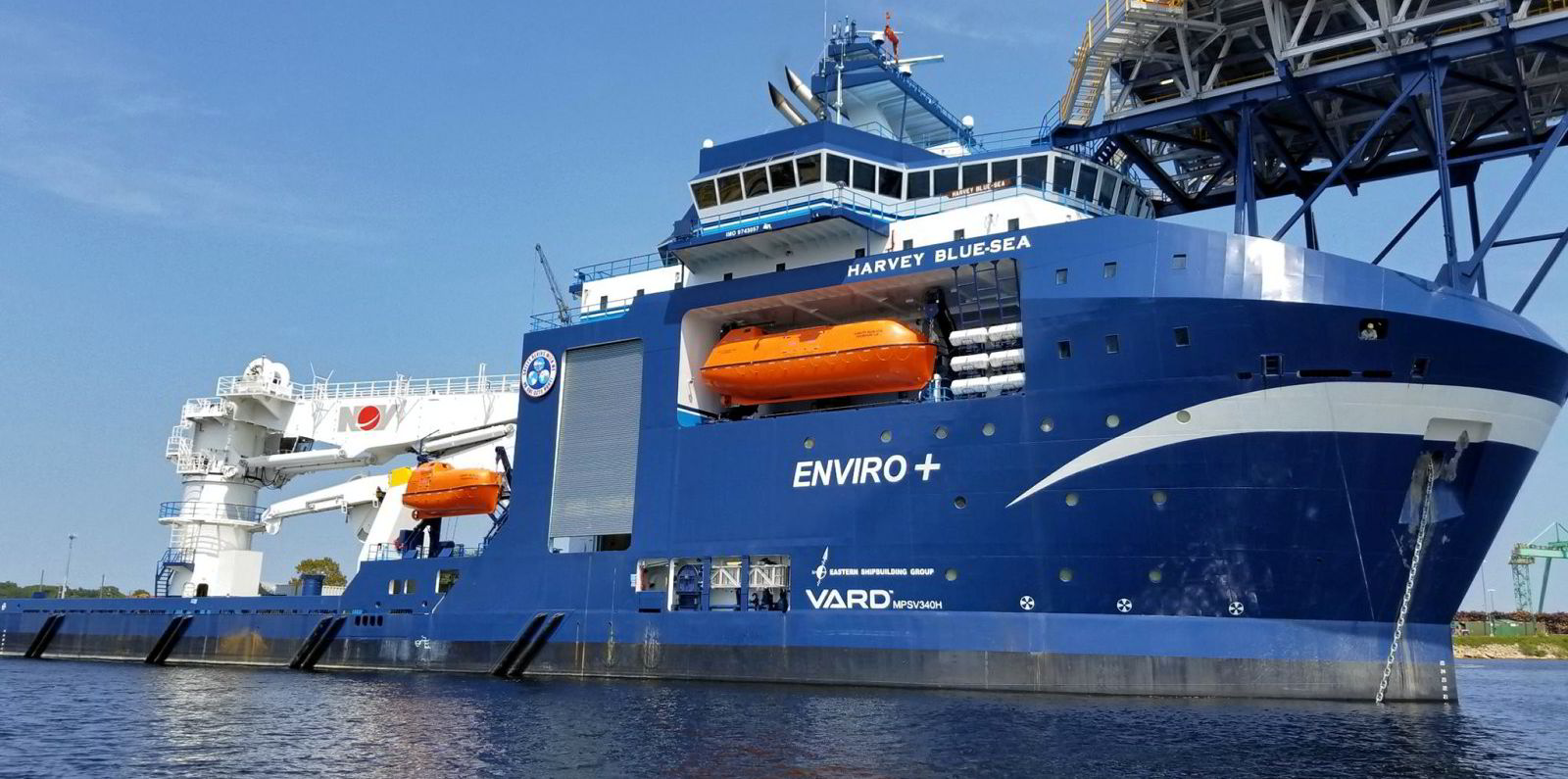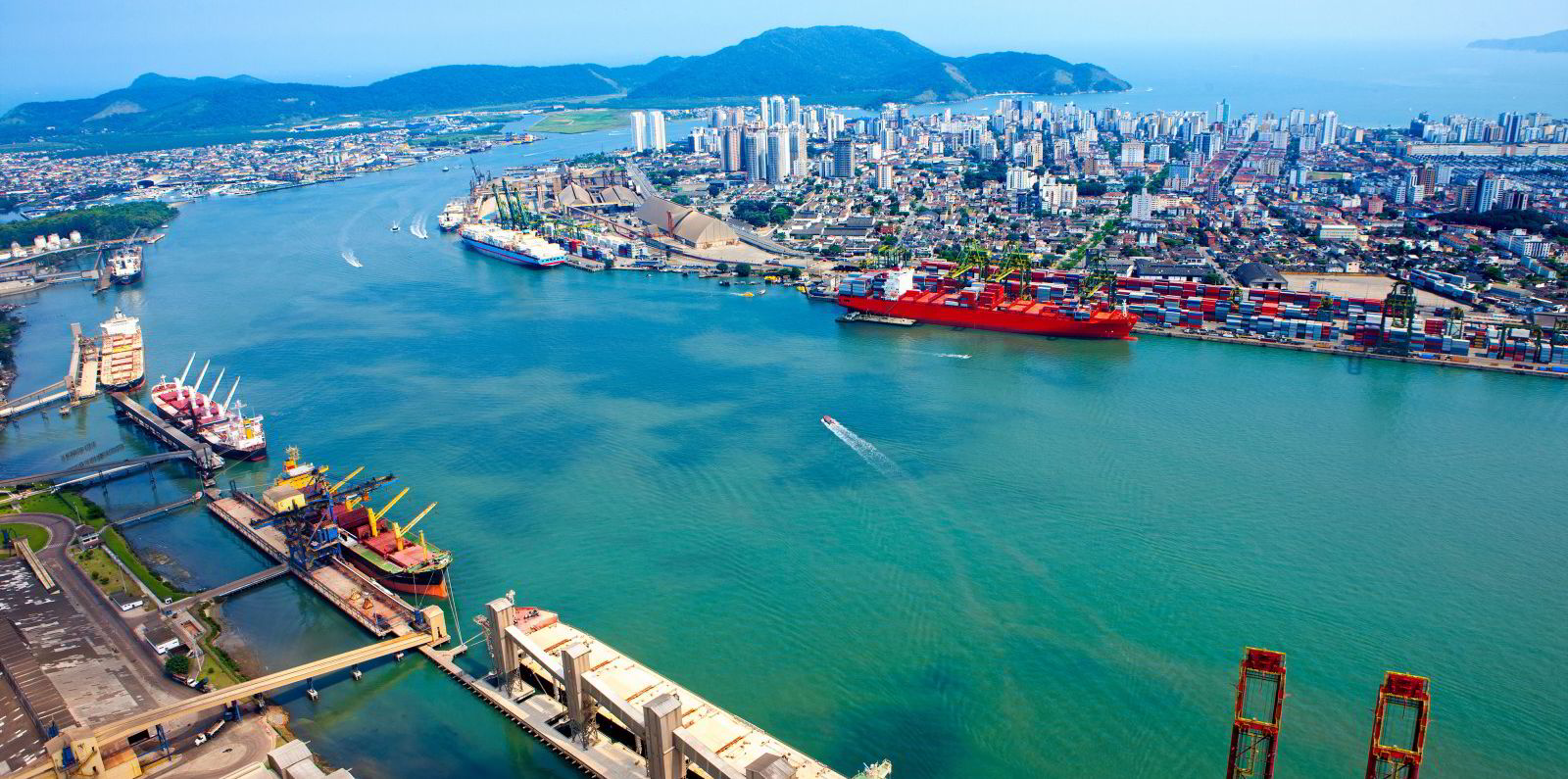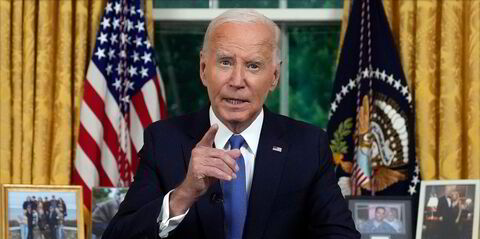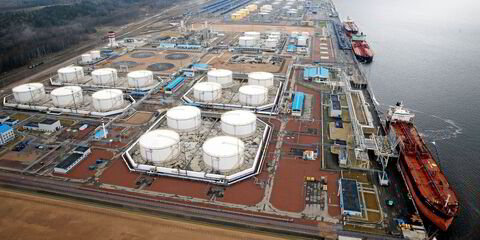A coming explosion in offshore wind power globally will see $26bn ploughed into new vessels to serve the industry before the end of the decade, the world’s largest shipbroker told TradeWinds’ sister publication Recharge.
The expected boom comes with spending on such vessels already at record levels and the number of global offshore wind projects set to jump by more than 160% by 2030, London-listed Clarksons calculates.
The anticipated inflow of cash into fresh dedicated wind vessels — wind turbine installation vessels (WTIVs) and construction/service operation vessels (C/SOVs) — is driven by demand across Asia, the US and Europe, Clarksons Research managing director Steve Gordon said.
“Offshore wind’s exciting growth phase is ongoing,” said Gordon, whose company has been involved in wind vessel transactions worth north of $1bn.
Project developers are racing to secure vessels able to install gigascale projects using turbines with nameplates of 15 MW or larger in the decade ahead, prompting fears among some in the industry over whether enough WTIVs will be available to the market to meet demand.
Clarksons calculates more than $26bn will be spent on new offshore wind vessels between now and the close of 2028. Gordon said this would span $21bn in 70 WTIVs and a further 90 C/SOVs that would cost $5bn.
While China is expected to remain a dominant and closed market, Clarksons believes other hotspots will also fuel the investment drive.
Gordon said northwest Europe will continue to be an important driver of WTIV demand, with more than 7,000 turbines expected to be installed around the continent between now and the end of the decade.
“Emerging sectors such as the US and Taiwan will also support growing vessel demand,” he said.
He added that 2022 was a record-breaking year for newbuilding ordering activity in the WTIV and C/SOV sectors. In total, Clarksons calculates that 25 WTIVs — worth $4.1bn — were contracted, alongside a record 24 C/SOVs.
This compares with a global fleet of 78 WTIVs and 32 C/SOVs already on the water. A total of 47 WTIVs and 39 C/SOV newbuildings are on the books of the world’s shipyards.
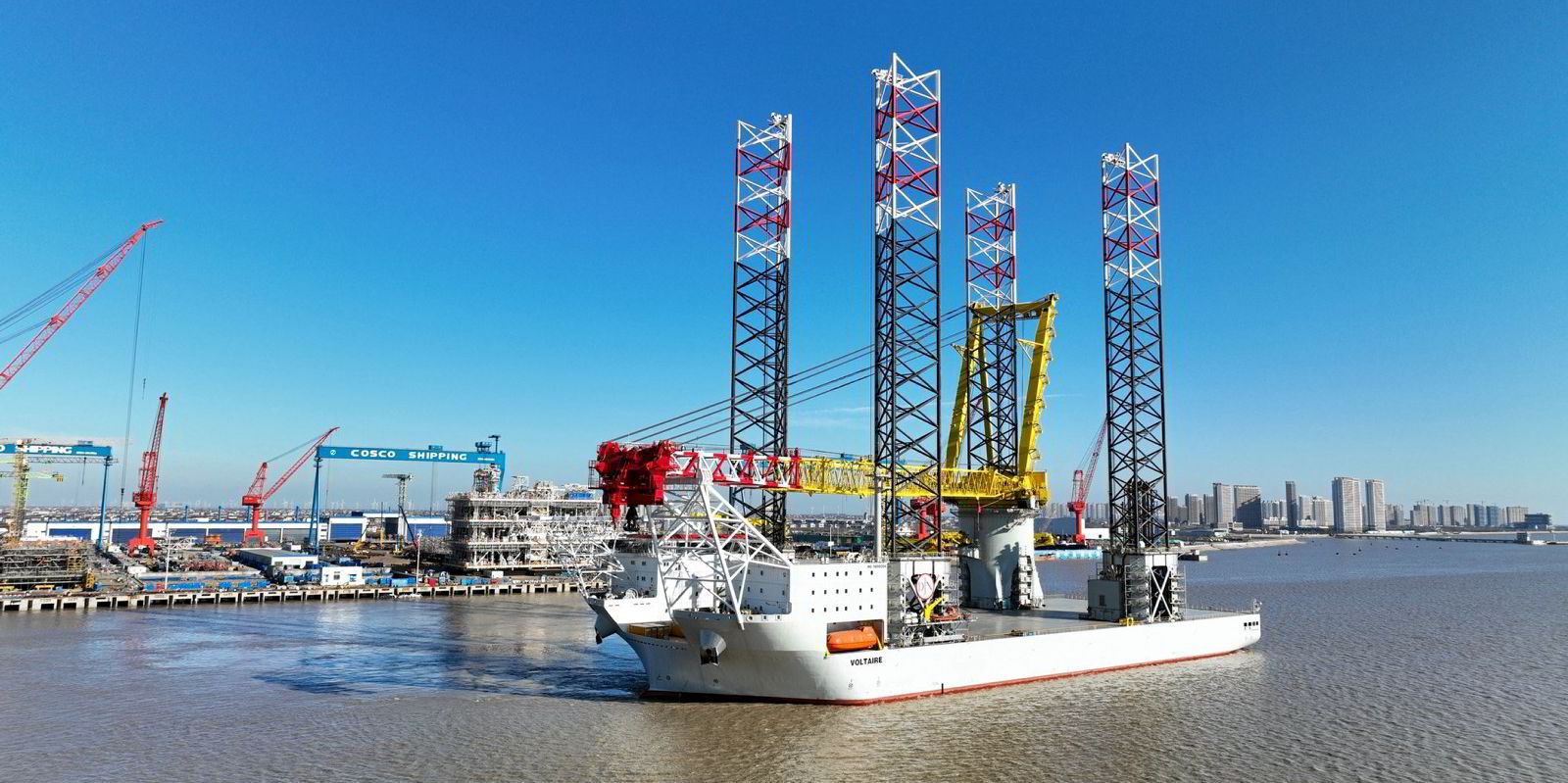
Clarksons said investment is coming from both new and existing vessel operators in the market. Nantong Ocean Water, the leading name in China, has five WTIVs on order, in addition to its four units on the water, while internationally Eneti, led by shipping magnate Emanuele Lauro, has five vessels on the water via subsidiary Seajacks and two more on order.
Newcomers include Maersk Supply Service, part of the Danish shipping conglomerate, which has contracted its first WTIV at Sembcorp Marine.
Last year, global active offshore wind capacity grew by 15% to stand at 60 GW, according to data cited by Clarksons. This was spread across 275 projects and 12,100 turbines, while global installed capacity has almost doubled since the end-2021, Gordon said.
“By 2030, Clarksons Research is projecting more than 250 GW to be active globally across 730 farms and 30,000 turbines, and by 2050, we are projecting offshore wind to account for between 7% and 9% of the global energy mix [against 0.4% today],” he said.
Read more
- 'New vessel generation needed' | Shortage could hit Baltic offshore wind build, warns study
- 'Only a handful handle a 10MW' | Offshore wind faces bottleneck as turbines dwarf installers
- Jack-up Jill starts New York's offshore wind story with first work in state's waters
- Cabling giant Prysmian unveils 'Da Vinci twin' supership with eye on US offshore wind debut


